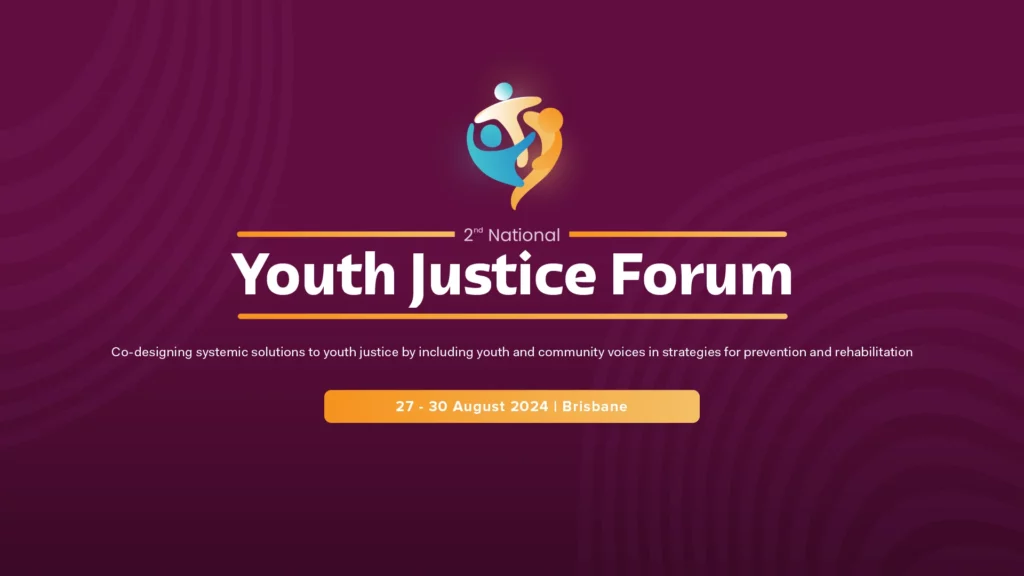Communicating with and informing members is a key internal objective for associations, however research findings by ConferNet suggest that 40 per cent of organisations don’t have a formal member engagement plan in place.
“As an association the focus is on adding value and therefore regular communication is paramount. Without getting this core aspect correct, it’s difficult to develop service offerings that resonate with a member base,” says ConferNet.
The study’s results revealed that only 25 per cent of organisations with a formal program in place found it effective. Approximately three quarters of respondents suggested there was room for improvement, and one quarter said improvement was definitely required. Other findings revealed that communication with stakeholders was seen as a reactive process rather than a pro-active one.
Social media’s current role
Of all respondents, only a third found social media and modern communication technologies to be an effective means to engage with members/supporters.
“We engage via text, phone or email, and face-to-face. I haven’t really used social media as often people misinterpret the intended message,” comments an association executive based in Melbourne.
One Melbourne-based not-for-profit manager does not use social media with donors, and identifies face-to-face as the most effective marketing tool, but admits that it is quite labour intensive.
ConferNet says that even more concerning was the fact that as little as 10 per cent of respondents said they had found no effective way to energise their member base.
“Organisations using social networking have predominantly used Facebook or Twitter. Many associations use Facebook socially but generally shy away where business is concerned, which questions its suitability and effectiveness as a communication tool. Although many seem to recognise the potential and impact social media can have, few seem to be generating results,” says ConferNet.
“Several of my clients use social media but I have to say, aside from building up some Facebook and Linked-In ‘likes’, I’m not sure any of my clients have seen much more measurable benefit,” responds one Melbourne fundraising consultant.
In contrast, the 30 per cent who had used social media effectively raved about the results.
“Social media is by far the most effective means,” suggests a Sydney-based association executive.
Key concerns
ConferNet says that the study outcomes suggest associations need to consider:
- How can the needs of members be better addressed through modern media channels (social media)?
- What cost-effective media strategies can be implemented to engage with members?
- How can existing programs be improved to more effectively energise the member base?
- How can the above be done more effectively to do this effectively, regularly and reliably while keeping data confidential?
“Most associations know what needs to be done to address these challenges,” says ConferNet. “Few, however, appear to have implemented sustainable programs that are integrated into their ongoing communications programs.”
Where to from here?
ConferNet says that to retain and grow a membership base, it is imperative that organisations remain relevant and forward-looking. “This means engaging and energising members through a multichannel communication plan using a combination of traditional and new media platforms,” says ConferNet.












































































































































